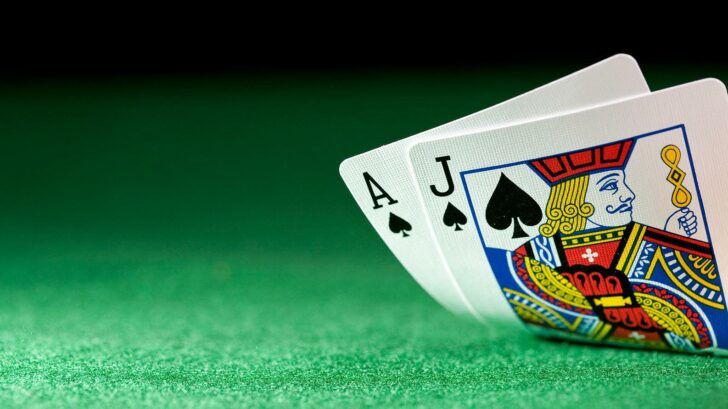Simple Card Counting: Red Seven As an Alternative Card Counting System

Hi-Lo is the blackjack world’s standard car counting system, but the proponents of Red Seven argue that it is a simple and accurate alternative.
In the game of card counting, Hi-Lo is the default. When I tell someone that I count cards, usually what I mean is that I use a Hi-Low system. This makes sense because the vast majority of counters use this variant of counting, but it ignores the fact that there are numerous card counting systems out there.
This piece will analyze Hi-Lo in relation to another well-known counting system, the Red Seven. Weighing the pros and cons of each, we’ll give our final judgment on which is the better.
The advantages of Hi-Lo
Hi-Lo is the most popular system because it is accurate but simple and easy to learn. It involves giving one of only three values (+1, -1 or neutral) to each card as it is dealt. This makes it easy to keep count, as the player only moves up or done one number.
The simplicity of hi-lo also allows the counter to process each card extremely quickly. The player only needs to reader whether it is a face card, 2-6 or 7-9. Someone who spends enough time practicing visual recognition techniques can pick this up quite simply.
The only complicated part is converting the running count into a true count, which will be discussed at length later.
The Red Seven
The Red Seven system was invented by blackjack strategy book author Arnold Snyder. It is heralded as almost as accurate as Hi-Lo but much simpler and easier to learn. In fact, Red Seven is similar to Hi-Lo in many ways.
In Hi-Lo, each seven is treated as a neutral card regardless of suit. But in Red Seven, sevens in red suits are given a +1, whereas seven in black suits are given the standard 0. Because there are two red-suit sevens in each deck, the count tends to be slightly higher when using this system.
This is what is referred to as an unbalanced system. Because there are two extra +1 cards, the final count in each deck will be +2 rather than neutral, as it is in Hi-Lo.
Pros and Cons of Red Seven
As it’s usually better to give you the bad news first, I’ll start with the cons of the Red Seven system. It isn’t as accurate as Hi-Lo. Snyder himself admitted as much. It is designed to be extremely simple yet give the player a greater advantage over the house then they would get from basic strategy play. Said Snyder:
The easy Red Seven Count gets 80% of the potential gain available from the Hi-Lo Count and other counts that are significantly more difficult to learn and use. It is the strongest professional-level card counting system ever devised for its level of simplicity and ease of use.
There we have both the pros and the cons. Its 20 percent less accurate but is much simpler to use. But while its easier to use once in the casino, it relies on the same techniques as Hi-Lo and requires the same amount of practice. Experts usually recommend that an aspiring counter spends 40 hours at home learning either system before trying their hand in a casino.
What makes it easier
On the surface Red Seven may actually look more complicated because the player has to differentiate between red and black sevens. But its simpler because the player doesn’t have to convert the running count (total count) into a true count (includes number of decks).
The true count is important because most games are dealt from between 2 and 6 decks, so counting through one deck doesn’t tell the entire story. Players convert the running count into a true by dividing the running count by the number of decks that remain to be dealt.
For example, if the running count is at +6 but there are three decks left to be dealt, the true count is +2. Red Seven is considered easier because it doesn’t require to player to make this conversion.
The running count is the true count. Why? Precisely because Red Seven is an unbalanced count. Because the running count is positive instead of neutral at the end of each hand, the amount of decks in the shoe is factored in.
Final verdict
While Red Seven has some appeal, we don’t think it’s as good as the Hi-Lo system. Why? Even its founder admitted that it’s generally 20 percent less accurate than Hi-Lo. The tradeoff is that it is slightly simpler to use.
But is it really that much simpler? We don’t think so. You don’t need to convert the running count into a true count. But that isn’t all that difficult to do anyway. And you do need to differentiate between red and black sevens.
While overall it is a bit easier to use, the difference is not great. And it is less accurate. We recommend that you put the time in to master the Hi-Lo system, which gives you a better chance of winning at blackjack.




